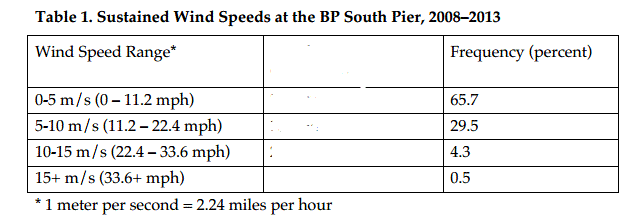In other words, March starts out cold and stormy, but by the end of the month the weather has warmed and moderated considerably.
But is that true here in the Northwest? Is it true anywhere in the U.S.? This critical question will be answered in this blog.
LTL= Average April Temperature - Average February Temperature
If April is much warmer than February, the weather is undergoing a substantial lion to lamb transition in March.
So let's examine the evidence. Here are the LionToLamb numbers for major cities in the U.S. in degrees F. You will note that very large LionToLamb transitions (greater than 20F) are limited to the Upper Plains and northern Midwest. For these folks, the approach of spring is a big deal.
Moderate LionToLamb numbers are evidence over the Northeast the northern portions of the SE U.S. and into the high Plains from Montana into northern Texas.
Where is the LionToLamb transition very weak, so that spring is only evinced by weak, gradual warming? The answer: the Pacific coastal zone where the index ranges from 6.9F in Seattle to a measly 2.8F in Los Angeles. Spring is much more noticeable east of the Cascade crest.
Spring is really not a dramatic season west of the Cascade crest as illustrated by a plot of climatological temperatures at Seattle Tacoma Airport (average highs and low shown by red and blue lines).
You can see the problem by looking at the climatological temperatures at about 3000 ft (925 hPa pressure) for the nearest radiosonde sounding location to Seattle (Quillayute on the Washington coast). The black line shows the a average temperatures at this lower-atmospheric level. No increase until roughly mid-April! The red and blue lines are the record high and low temperatures at that site for those days.
Contrast this with the temperatures at the same level at Minneapolis (MPX). Major warming in March. Lions transform to lambs!
Why don't we have a major Lion to Lamb transition in March along the West Coast? One major reason is the Pacific Ocean, which greatly moderates our temperatures year round. Since we never get that cold, we don't get a major warm up when the sun revs up. In essence, the Pacific acts as a big temperature flywheel.
But there is more. In Spring, our flow generally transitions from southerly (originating over warmer water to our south) to westerly and northwesterly flow (from colder climes). This slows down the warming considerably.
Let me illustrate this. Here are the average winds near the surface (1000 hPa) in February. Southerly flow over the coastal Northwest, but northwesterly low over the upper plains.
In April the winds over the eastern Pacific are more westerly (and thus passing over colder water), while southerly winds are pushing up into the Midwest.
The bottom line: the old saying about March weather goes from a lion to lamb is really not true in western Oregon and Washington, as well as coastal BC and California. Perhaps we should say that in the Northwest "March comes in as a goat and goes out as a sheep." Or perhaps "in July, sun glasses must buy." Or "in June, beware the gloom."
I better stick to numerical weather prediction and let others deal with witty aphorisms.









.jpg)











.jpg)









































































